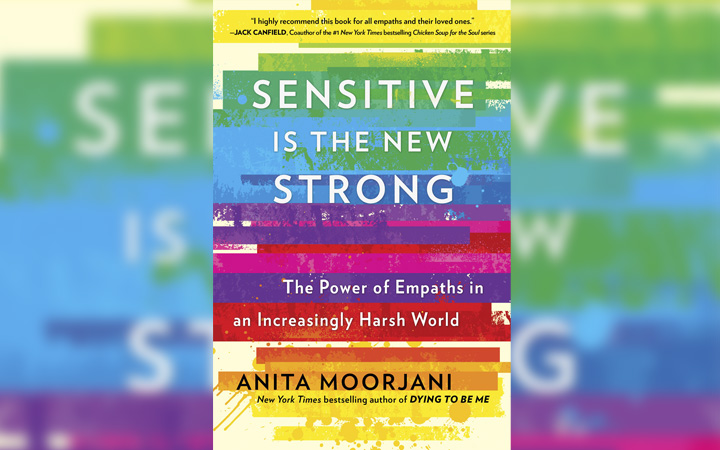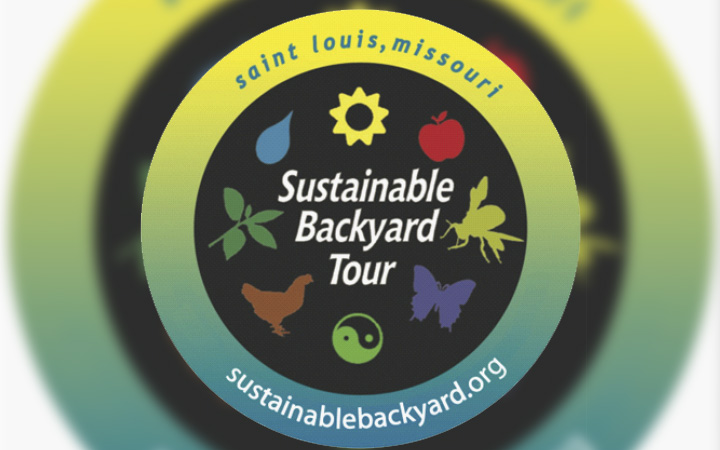Waste Not, Want Not: Compost Happens!

What does “waste” mean to you? Garbage? Something you don’t want? Or a missed opportunity? Something that could be used, but instead is “wasted”?
Many people think of commercially produced compost and fertilizers as valuable consumer products—worth buying at the garden center– while regarding the waste ingredients at home as “garbage”.
It takes a lot of energy to manufacture commercial compost and fertilizers. But at home, compost happens. By saving up and aggregating leftover organic wastes from your household you can create compost for free, just by letting nature do her thing—and return nutrients to the earth through decomposition, aka compost. How fast? It depends. The more you work your compost, aerating it, adjusting the temperature, moisture and ingredients, the faster you can create a useful amendment. But you can also just throw it all together…. and wait.
Composting is a living process that transforms ordinary, unwanted ingredients into a magical substance to fertilize plants and introduce healthy microbes into your soil.
There are as many reasons to compost as there are ways to do it:
a. To improve the fertility and structure of the soil in your garden beds and lawn.
b. To recycle organic food scraps.
c. To reduce your garden’s need for supplemental watering. Compost can hold 6 times its weight in water reducing the frequency which gardens and lawns need watering.
d. To feed your lawn and garden without buying costly synthetic fertilizers.
e. To reduce your garbage output (reducing household costs) and to reduce the cost to your community of processing your landfill input (reducing mu-nicipal costs.)
Choosing a System: Indoors or out?
The first step in making compost is deciding on a system. Outdoors, you can build shallow pits or trenches and compost directly in the ground or create plantable beds by sheet composting or building hugelkulture mounds. If you have the room, you can just pile it up. Compost bins or tumblers are frequently used in smaller landscapes to contain the compost and keep it tidy.
Indoors, your options are the EM Bokashi method, which employs efficient micro-organisms, or vermiculture, in which earthworms do the work.
Whatever system you choose, the keys to making good compost are the same: Greens & Browns, oxygen, moisture and temperature. You want a reasonable balance of green ingredients (wet, nitrogen heavy) and browns (dry, carbon heavy). The more precise, the faster you’ll get good compost. But pretty much any combo will eventually work.
As for moisture, not too wet and not too dry. Really, it’s as simple as that.
Aim for a moisture level of about 45%. Much more than that, and you’ll drown the microbes and end up with a green, slimy anerobic rot. In prolonged dry periods, you might add leftover liquids—coffee, soup, etc.– or a bit of de-chlorinated water or rainwater. Chlorine can be detrimental to soil microbes. You can de-chlorinate tap water just by filling a bucket and leaving it in the sun for a while. In snow and rain, you might throw a tarp or cover on the compost pile to prevent too much moisture from entering.
The oxygen requirement simply means turning or aerating the compost, or layer-ing it with enough spaces (for example, straw and small twigs, rather than more compactable leaves or grass) for microbes to live and work and aerobic decom-position to take place. As for heat—well, you don’t have to study mesophilic and thermophilic bacteria to succeed with compost. Suffice to say, don’t locate your pile in full shade or in full sun if possible.
As for ingredients, most things from the yard and kitchen can be composted and many other household wastes, too, including dryer lint, and hair! A few things you shouldn’t compost are meat, dairy or pet waste, mostly because these take a higher temperature to break down safely and can attract pests. But if you have the right setup (big enough, hot enough, covered enough), even things like stale pet food, fish skins and shrimp tails can go into the pot!
Here are some potential compost ingredients:
Greens: Vegetable peels, cores, and rinds, salad fixings, garden thinnings, spent flowers, houseplants, end of season annuals, fresh grass clippings, fruit pulp from making jams or juicing
Browns: Leaves, wood ash, straw, nut shells, corn cobs and stalks, coffee grounds, eggshells, peanut hulls, pine needles, untreated sawdust, tea leaves, cotton batting and really old feather pillow feathers!
So, before you carry anything out to the Dumpster, think about what you’re wasting and make something good for your yard instead!

 bout the Author
bout the Author




